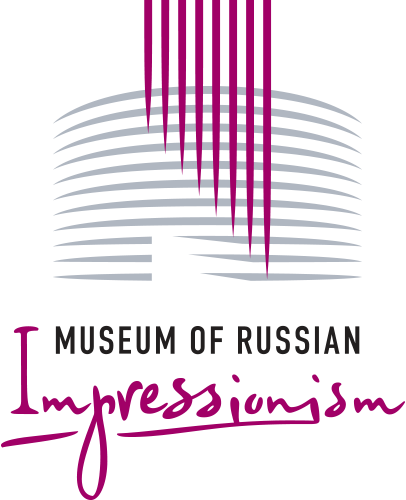
Samara Regional Art Museum
In the summer of 1908 David Burlyuk and Mikhail Larionov went to Chernyanka, Kherson province, where Burlyuk’s father was a manager of the estate of earl Mordvinov.
Working together in the open air, young artists chose such subjects, which were considered to be low in the classical hierarchy of genres. Burliuk and Larionov went to the barnyard and painted pictures of pigs and oxen.
There is no impressionism in this work; here the artist approaches the development of Fauvism, outlining all the objects with a bright line. "My canvases of this time are white planes covered with good zinc or chalk casein ground, on which sometimes only contours appear" — wrote the artist. To this day, only one work has survived from this period — "Oxen". In the picture you can feel the connection with Henri Matisse — Burliuk has got acquainted with his oeuvre recently in the collection of Sergei Shchukin.
In the works of the French artist a thick line is also important, applied by a semi-dry bristle brush. Subsequently, this technique will be an identification mark for the whole new Russian painting. The image with a thick outline of bright colour seemed conventional and resembled a preparatory sketch rather than a finished picture. At the sight of such painting at exhibitions, criticism began to talk about a new trend of "barbarism", the turn of Russian art to the primitive. In fact it is a transitional stage to the emergence of the Russian avant-garde, when professional artists became interested in the naive art and tried to stylize their paintings under the popular folk prints and painted signs.



